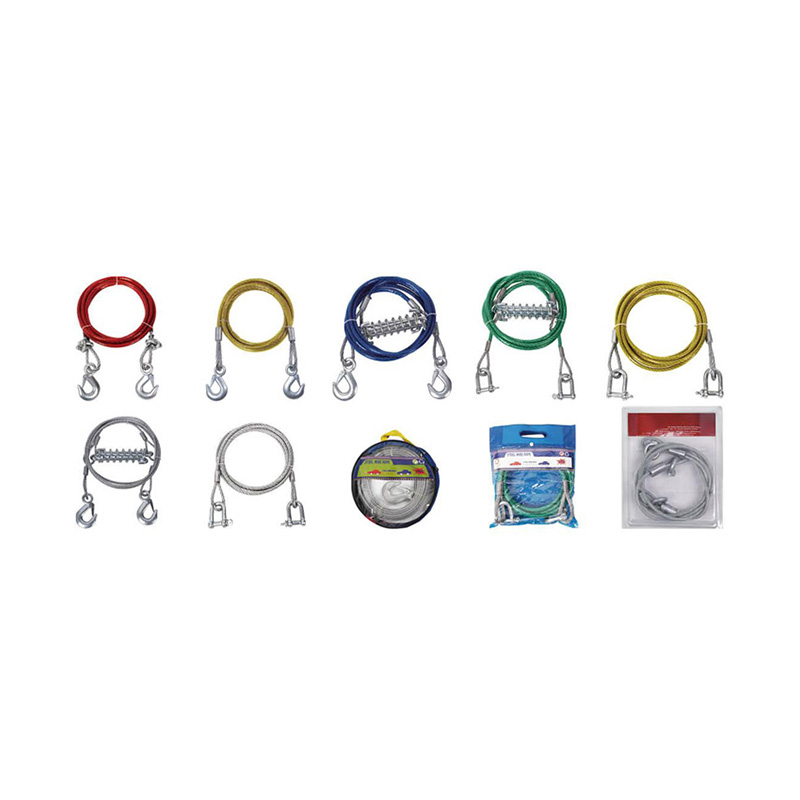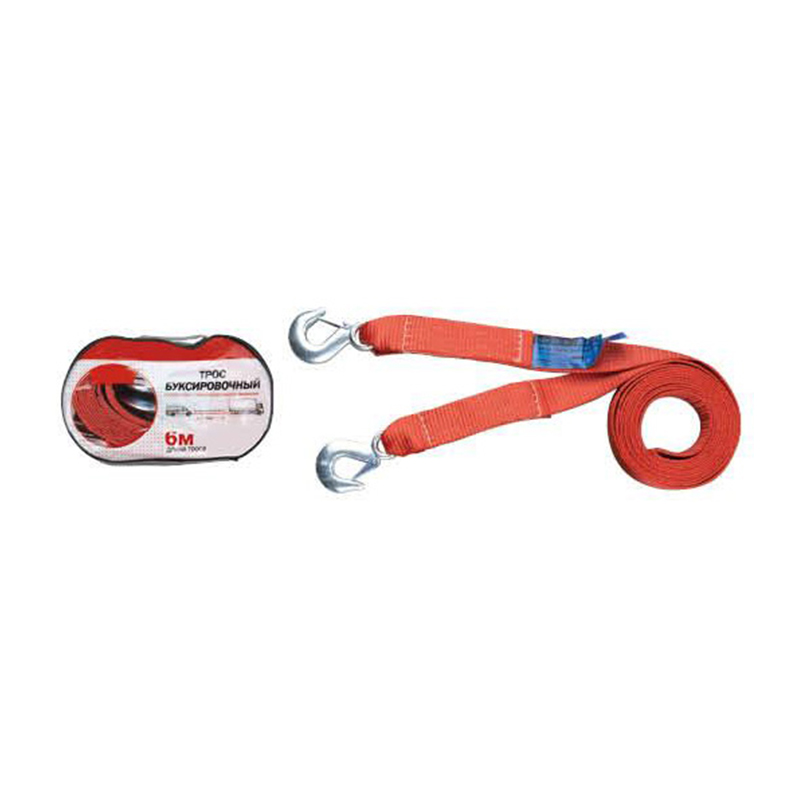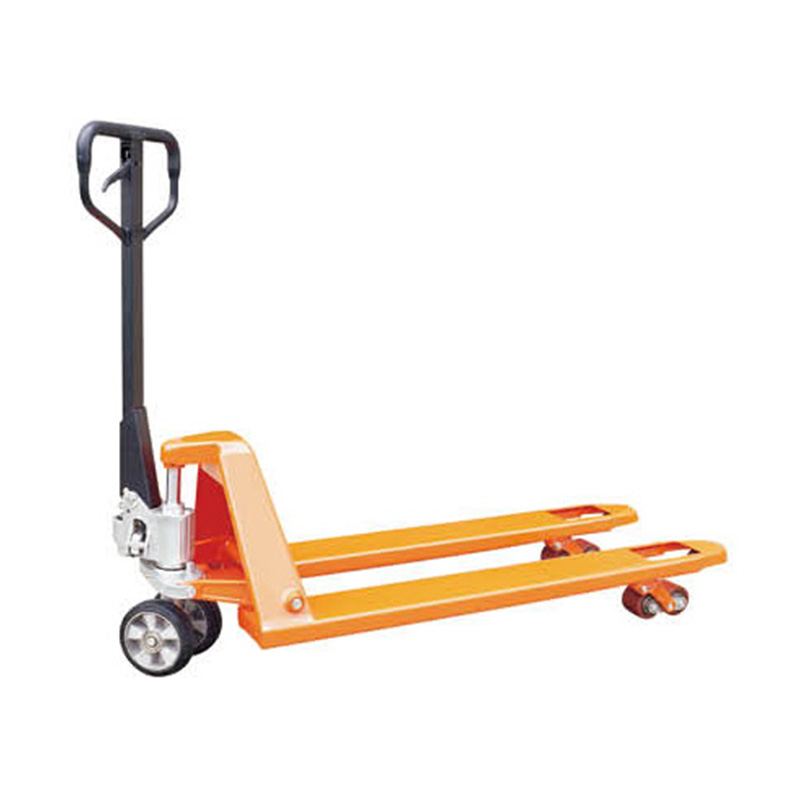Search by posts
Product category
Company News
 By Admin
By Admin
A Comparative Analysis Of Hand Boat Winches And Hand Pullers In Marine Applications
Marine operations often involve the need for manual pulling and lifting equipment to handle various tasks efficiently and safely. Handboat winches and hand pullers are two widely used tools in the maritime industry. Both devices serve the purpose of moving heavy objects, but they differ in design, functionality, and applications. This article aims to provide a comprehensive analysis of handboatHandboat winches and hand pullers, comparing their features, advantages, and suited applications.
Hand Boat Winch:
A handboat winch is a mechanical device used to hoist, pull, or lower heavy loads on boats, docks, or other marine structures. It typically consists of a drum or reel around which a strong cable or rope is wound. The winch is operated manually, either by a hand crank or a lever, allowing users to control the movement of the load with precision. Handboat winches are commonly constructed from durable materials such as stainless steel or galvanized steel to withstand harsh marine environments.
Advantages of Hand Boat Winch:
a. Robust Construction: Handboat winches are designed to withstand heavy loads and harsh weather conditions at sea, ensuring long-lasting performance.
b. Controlled Operation: The manual operation allows users to have complete control over the lifting or pulling process, ensuring safety and precision during operations.
c. Versatility: Hand boat winches are versatile tools suitable for various marine applications, including boat anchoring, lifting equipment onboard, and pulling loads on docks.
Hand Puller:
A hand puller, also known as a hand ratchet puller or come-along, is a portable manual tool designed to lift, pull, or stretch objects. It consists of a ratchet mechanism, a hand-operated lever, and a strong cable or chain. Hand pullers are widely used in marine settings, construction sites, and various industries where a mechanical advantage is required to move heavy loads.
Advantages of Hand Puller:
a. Portable and Compact: Hand pullers are lightweight and compact, making them easy to transport and use in confined spaces or remote marine locations.
b. Increased Mechanical Advantage: The ratchet mechanism provides a mechanical advantage, allowing users to move heavy loads with minimal effort.
c. Precise Load Control: Hand pullers offer fine load control due to their ratcheting action, enabling users to manage delicate operations effectively.
Comparison and Suited Applications:
While both handboat winches and hand pullers are manual lifting and pulling devices, they serve different purposes and have distinct applications in the marine industry.
Hand Boat Winch Applications:
a. Boat Anchoring: Handboat winches are commonly used to anchor small to medium-sized boats securely.
b. Dock Operations: These winches facilitate loading and unloading cargo on docks and marinas.
c. Mooring: Hand boatHandboathandboatenvironments winches assist in securing vessels to docks or buoys.
Hand Puller Applications:
a. Salvage Operations: Hand pullers are ideal for recovering submerged objects or salvaging equipment and debris.
b. Tensioning: They are used to tension ropes, cables, and rigging on boats and marine structures.
c. Emergency Situations: Hand pullers are valuable tools in emergencies where power sources are unavailable.
Both handboat winches and hand pullers play essential roles in marine applications, offering distinct advantages for specific tasks. Handboat winches are robust, versatile, and suitable for boat anchoring and dock operations. On the other hand, hand pullers provide increased mechanical advantage and precise load control, making them ideal for salvage operations, tensioning, and emergency scenarios. Careful consideration of the task requirements and equipment capabilities is vital to ensuring the safety and efficiency of marine operations.
 English
English Español
Español عربى
عربى




